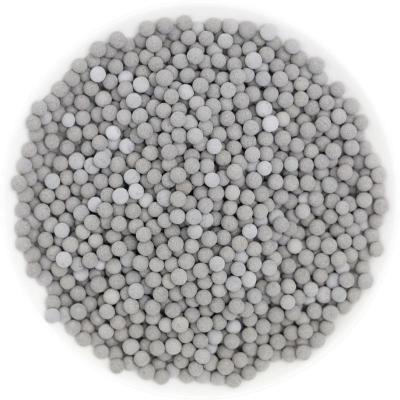The application of solid neutralization balls for condensate treatment in gas-fired water heaters, industrial boilers, air preheaters, and similar equipment
Condensing gas water heaters, boilers, and similar equipment are efficient and energy-saving thermal devices. They utilize the heat generated by gas combustion to heat water or other mediums and improve thermal efficiency by recovering latent heat from flue gases through a condensing heat exchanger. However, during the operation of condensing equipment, some issues arise, one of which is the discharge of acidic condensate water.
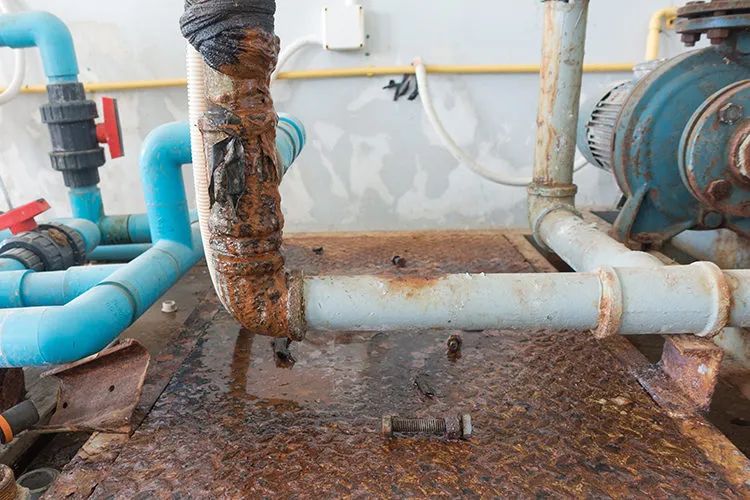
Acidic condensate water refers to the liquid water formed when water vapor in the flue gas condenses on low-temperature surfaces in the condensing heat exchanger. It contains dissolved substances of acidic gases such as sulfur dioxide and nitrogen oxides produced during combustion, with a pH typically ranging between 2.9 and 4, significantly lower than the neutral pH value of 7 for water. Acidic condensate water has a certain corrosive and polluting effect on the equipment itself, drainage pipes, and downstream water bodies. If discharged directly without treatment, it can have adverse effects on the environment and also violate relevant laws and regulations. For instance, in the United States, the EPA Section 403.5(b)(2) prohibits the discharge of corrosive pollutants with a pH below 5.0, as these pollutants may cause corrosive damage to public infrastructure. Similarly, International Pipeline Standards Section 803.1 considers neutralization of condensate water as a requirement for equipment generating acidic condensate water.
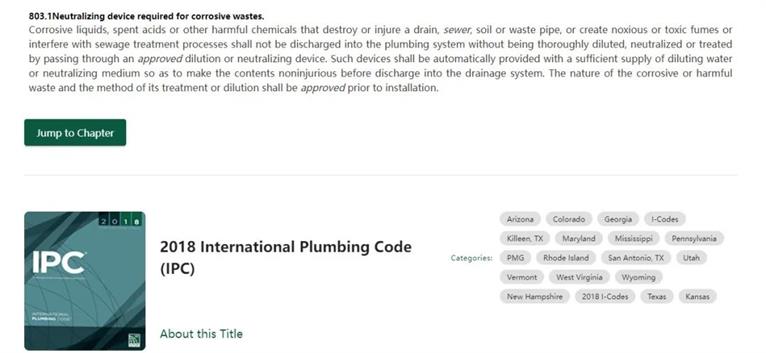
To address the issue of acidic condensate water, a commonly used method is to employ a condensate neutralizer. This
involves adding alkaline substances before discharging the condensate water to raise its pH level, bringing it closer to
neutral or weak alkaline levels, thus reducing its corrosiveness and pollutant content. The principle of a condensate
neutralizer is straightforward: it utilizes acid-base neutralization reactions to adjust the pH of the condensate water.
However, the use of these alkaline substances also poses some challenges, such as:
1. Rapid reaction may necessitate frequent replacement or replenishment, increasing operational costs and maintenance
difficulty.
2. It may result in the formation of precipitates or scaling, affecting the effectiveness and lifespan of the condensate
neutralizer.
3. There's a possibility of causing secondary chemical pollution to downstream water bodies, disrupting the ecological
balance of the water system.
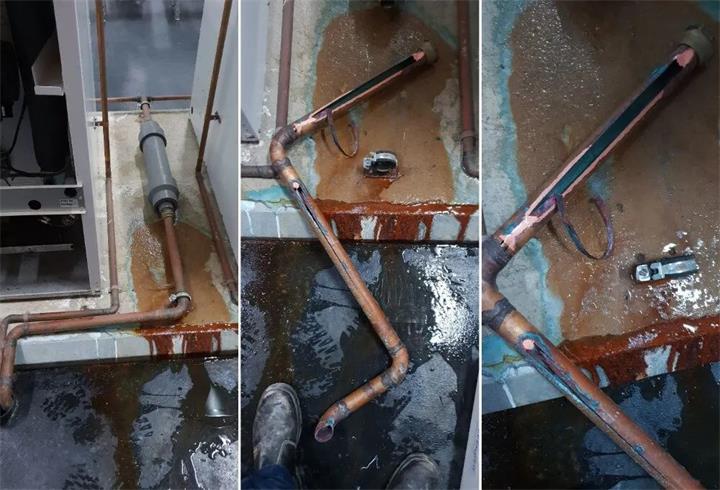
To overcome these issues, ETERNAL WORLD New Materials has developed a new type of material for condensate neutralizers
called condensate neutralization balls. These balls are composed of a composite of pure natural inorganic minerals,
formed into ceramic beads through granulation.
They offer the following advantages:
1. Environmentally safe: They do not contain toxic or harmful substances, thus avoiding secondary pollution to water bodies.
2. Longer lifespan: They are resistant to wear and dissolution, ensuring controlled pH levels of the water after neutralization.
3. Higher hardness: They are less prone to forming precipitates or scaling, maintaining the smooth operation and efficiency
of the condensate neutralizer.
4. Enhanced functionality: They effectively raise the pH of the condensate water and also adsorb harmful substances such as
heavy metal ions, thereby improving the water quality of the condensate.
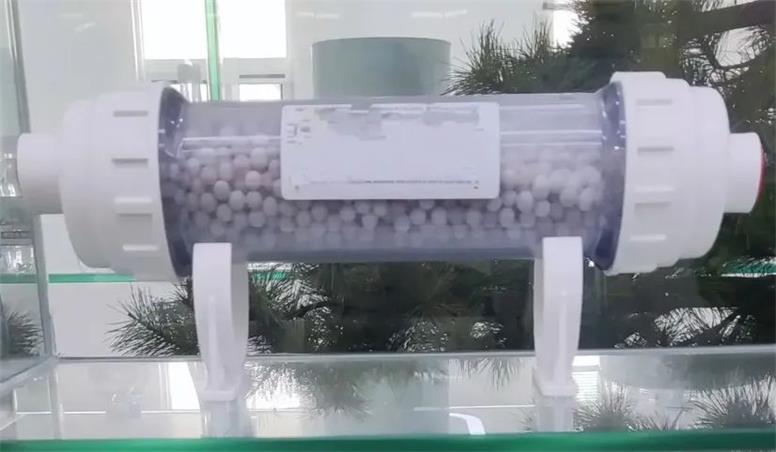
The condensate neutralization balls have passed international SGS testing, meeting all requirements of the national
drinking water hygiene standards. They have been adopted by customers in more than 10 countries including the
United States, Canada, and are now an essential medium for condensate neutralizers abroad.
The method of using condensate neutralization balls is straightforward. Simply place them into the neutralization
chamber of the condensate neutralizer, allowing the condensate water to come into full contact with them to achieve
neutralization treatment. Depending on the type and scale of the equipment, different models of condensate neutralizers
and amounts of neutralization balls can be selected to achieve the best neutralization effect. (For example, a 30 kW/h
fully premixed condensing unit can produce up to 3.5 liters of acidic condensate water per hour.)

The use of condensate neutralization balls not only protects the normal operation and service life of condensing gas
water heaters, boilers, and other equipment but also enables compliance with condensate water discharge requirements
and standards in most countries globally, contributing to environmental protection.
According to the "Feasible Technical Guidelines for Pollution Prevention and Control of Industrial Boilers" by the Ministry
of Ecology and Environment of the People's Republic of China, China has strict regulations on the discharge of condensate
water from industrial boilers. It requires the pH value of condensate water to be between 5 and 9, CODcr not exceeding
100 mg/L, SS not exceeding 70 mg/L, oil not exceeding 10 mg/L, total copper not exceeding 1.0 mg/L, total zinc not
exceeding 2.0 mg/L, total iron not exceeding 3.0 mg/L, total manganese not exceeding 1.0 mg/L, total chromium not
exceeding 0.5 mg/L, total nickel not exceeding 1.0 mg/L, total lead not exceeding 0.5 mg/L, total mercury not
exceeding 0.05 mg/L, total arsenic not exceeding 0.5 mg/L, total cadmium not exceeding 0.1 mg/L, and total selenium not
exceeding 0.01 mg/L.
After using condensate neutralization balls, all parameters of the condensate water can meet or exceed these standards,
enabling legal and compliant discharge into the drainage system.
